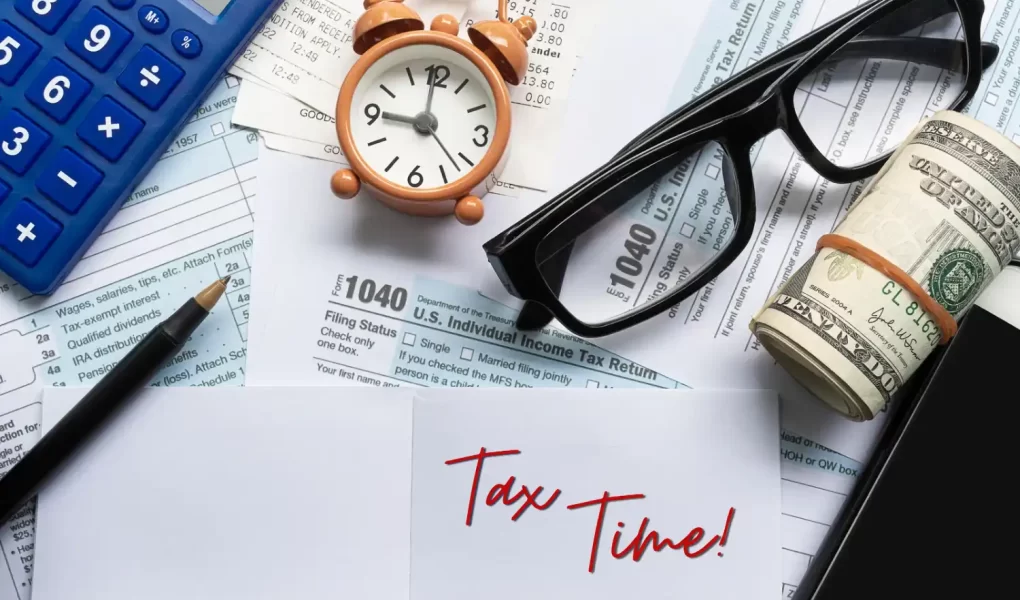A Public Improvement District (PID) is a designated geographic area within which property owners can be assessed a special levy to fund public infrastructure improvements and community services. These districts are typically created by local governments, such as cities or counties, to finance the construction and maintenance of infrastructure that benefits the properties within the district.
Formation of a PID

- Proposal and Petition: A PID can be initiated by a petition from property owners or a proposal by a local government. The petition must usually be signed by a majority of the property owners within the proposed district or by owners representing a majority of the land area.
- Public Hearings: Local governments hold public hearings to discuss the proposed PID, its boundaries, the improvements to be financed, and the assessment method. Property owners can voice their support or concerns during these hearings.
- Approval: After the public hearings, the local governing body votes on whether to establish the PID. If approved, the district is officially created, and the government begins the process of planning and implementing the improvements.
Financing Improvements
- Roads and streets
- Water and sewer systems
- Parks and recreational facilities
- Public lighting
- Landscaping and beautification
The funding for these projects is generated through special assessments levied on the properties within the PID. These assessments are usually based on the property’s value, size, or other factors determined by the local government.
Collection of Assessments
The special assessments are typically collected annually along with property taxes. The revenue from these assessments is used to pay off the bonds and cover the maintenance and operational costs of the improvements.
Enhanced Infrastructure
PIDs enable the rapid development of essential infrastructure, which can enhance the quality of life for residents and increase property values. Improved roads, utilities, and public spaces make neighborhoods more attractive and functional.
Economic Development
By funding infrastructure improvements, PIDs can stimulate economic development. Improved infrastructure can attract businesses, increase tourism, and boost local economies. This, in turn, can lead to job creation and higher municipal revenues.
Increased Property Costs
One of the primary drawbacks of PIDs is the additional financial burden they place on property owners. The special assessments can significantly increase the cost of owning property within the district, potentially making it less affordable for some individuals and families.
Long-Term Financial Obligations
PIDs often involve long-term financial commitments, as the bonds issued to fund the improvements can have repayment periods extending 20 to 30 years. Property owners are responsible for paying the assessments over this entire period, regardless of whether they continue to own the property.
Property Value Impact
While PIDs can enhance property values by providing better infrastructure and amenities, the increased costs from special assessments can offset these benefits. Potential buyers might be deterred by the higher costs, affecting market demand and property sales.




